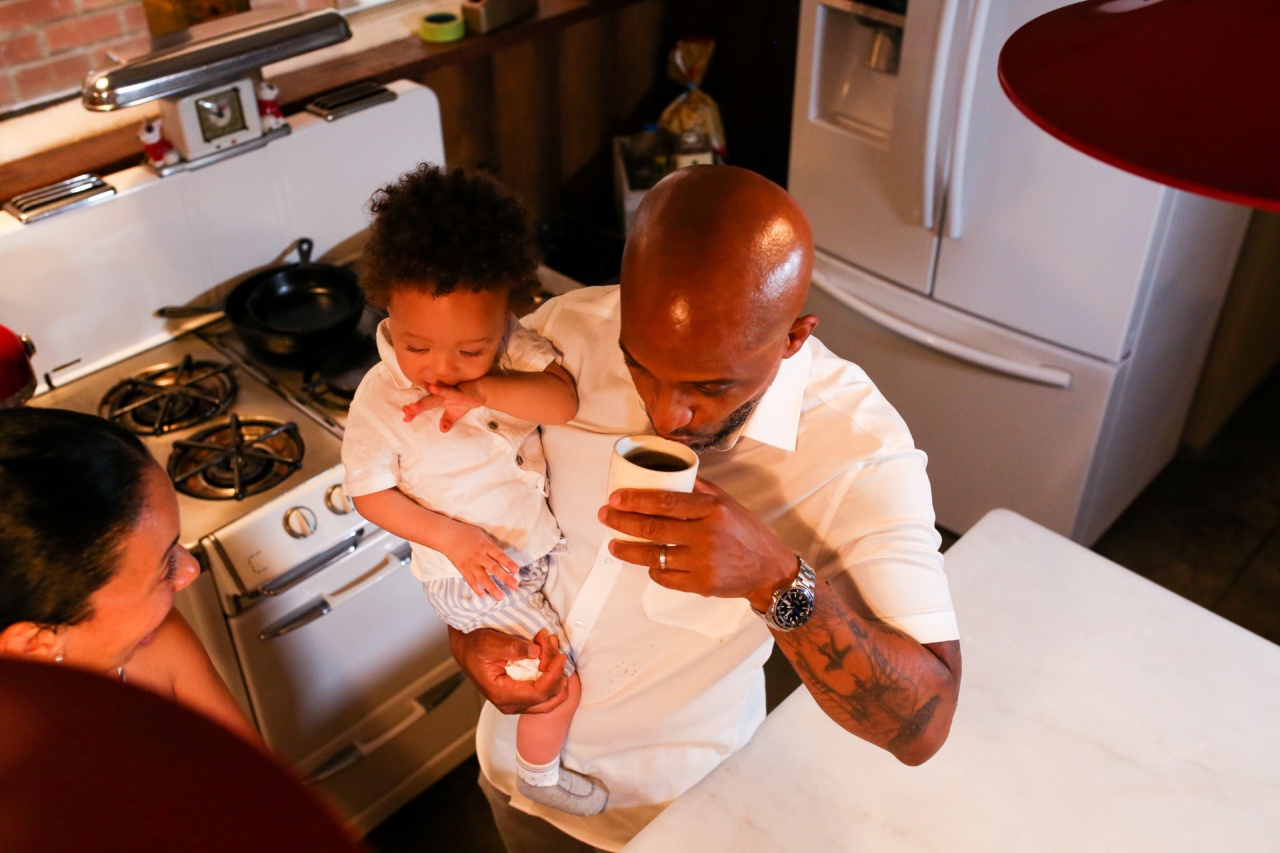When it comes to coffee, many parents may think it’s a drink meant strictly for adults. However, there is a growing trend of introducing children to the world of coffee.
But how can we teach kids to drink coffee without the caffeine buzz? In this article, we will explore various methods and alternatives to help parents introduce coffee to their kids in a healthy and safe manner.
Why Introduce Coffee to Kids?
Before we delve into the topic, it’s essential to understand why parents might want to introduce coffee to their children. Coffee is more than just a morning pick-me-up for adults; it can actually offer several health benefits.
Moderate coffee consumption has been linked to improved cognitive function, increased metabolism, and reduced risk of certain diseases.
When it comes to kids, however, it’s important to note that their bodies are more sensitive to caffeine.
Excessive caffeine consumption in children can lead to sleep disturbances, increased heart rate, jitteriness, and even interfere with their nutrient absorption. This is why it’s crucial to find ways to teach kids to drink coffee without the caffeine buzz.
Start with Decaf Coffee
A great way to introduce coffee to children is by starting with decaf varieties. Decaffeinated coffee is a perfect alternative to regular coffee as it contains minimal caffeine or sometimes even none at all.
This allows children to experience the taste, aroma, and even the social aspect of drinking coffee without the stimulating effects of caffeine.
It’s important to note that decaf coffee still contains traces of caffeine, although significantly lower compared to regular coffee.
Therefore, parents should regulate their children’s decaf coffee consumption to avoid any potential negative effects.
Mixed Beverages
Another method to teach kids to drink coffee without the caffeine buzz is by mixing coffee with other beverages. This allows parents to dilute the caffeine content while introducing children to the flavors of coffee.
For example, parents can mix decaf coffee with milk, hot chocolate, or even prepare kid-friendly coffee-based smoothies.
By gradually increasing the amount of coffee and decreasing the amount of the other beverage, parents can slowly acclimate their children to the taste of coffee.
This method not only reduces the caffeine content but also offers a fun and interactive way for kids to explore different flavors.
Explore Caffeine-Free Alternatives
If parents want to avoid coffee altogether, there are a variety of caffeine-free alternatives available on the market that mimic the taste and experience of coffee.
These options are often made from roasted grains, chicory, or other plants and offer a coffee-like flavor without the caffeine.
Parents can experiment with caffeine-free alternatives such as herbal coffee substitutes or grain-based coffee drinks that cater specifically to children.
These options provide a safe and enjoyable way for kids to experience the joys of a warm beverage without the caffeine content.
Teach Moderation and Setting Limits
Regardless of whether parents choose decaf coffee or caffeine-free alternatives, it’s crucial to emphasize moderation and setting limits when introducing coffee to kids.
Educate children about the potential impacts of excessive caffeine consumption and help them understand the importance of consuming beverages in moderation.
Parents should also establish boundaries and set limits on their children’s coffee intake. It’s recommended that children should consume no more than 1-2 cups of decaf coffee or caffeine-free alternatives per day.
This will prevent them from exceeding the recommended daily caffeine intake and ensure they enjoy coffee in a responsible and healthy way.
Be a Role Model
Kids often imitate the behaviors they observe in adults. Therefore, it’s essential for parents to be good role models when it comes to drinking coffee.
If you want to teach your kids to drink coffee without the caffeine buzz, make sure you also regulate your own caffeine intake.
Show your kids that you can enjoy a cup of decaf coffee or a caffeine-free alternative and explain why it’s important to limit caffeine consumption.
By being a positive role model, you can reinforce healthy habits and teach your kids the importance of drinking coffee responsibly.
Consider Age and Individual Sensitivity
It’s important to consider a child’s age and individual sensitivity when introducing coffee. Younger children may have more difficulties processing caffeine compared to older kids.
Additionally, some children may be more sensitive to the effects of caffeine, experiencing jitters or sleep disturbances with even minimal caffeine consumption.
Parents should take these factors into account and adjust the introduction of coffee accordingly. It may be necessary to delay the introduction or experiment further with alternatives if a child shows signs of caffeine sensitivity.
Create a Positive Coffee Experience
When introducing coffee to children, it’s vital to create a positive and enjoyable experience. Make drinking coffee a special treat rather than an everyday habit.
Set up a cozy coffee station where kids can choose their mug, pick their preferred flavors, and maybe even get involved in the brewing process.
By treating coffee as a special occasion, kids will develop positive associations with the experience and approach it with excitement. This will help foster a healthy relationship with coffee, devoid of the need for a caffeine buzz.
Discuss the Benefits and Drawbacks
As children grow older, it’s important to have open and honest conversations about the benefits and drawbacks of consuming coffee.
Discuss the potential health benefits associated with moderate coffee consumption, but also highlight the potential drawbacks of excessive caffeine intake.
Teach your kids about alternative ways to boost energy and focus, such as getting enough sleep, eating a balanced diet, and engaging in physical activity.
By providing them with a well-rounded understanding, they will be better equipped to make informed decisions about their coffee consumption as they grow older.
Conclusion
Teaching kids to drink coffee without the caffeine buzz can be a delicate process.
By starting with decaf options, exploring mixed beverages, and introducing caffeine-free alternatives, parents can help their children experience the pleasures of coffee without the negative effects of caffeine. Through moderation, good role modeling, and open discussions, kids can develop a healthy relationship with coffee and make informed choices about their consumption.





























